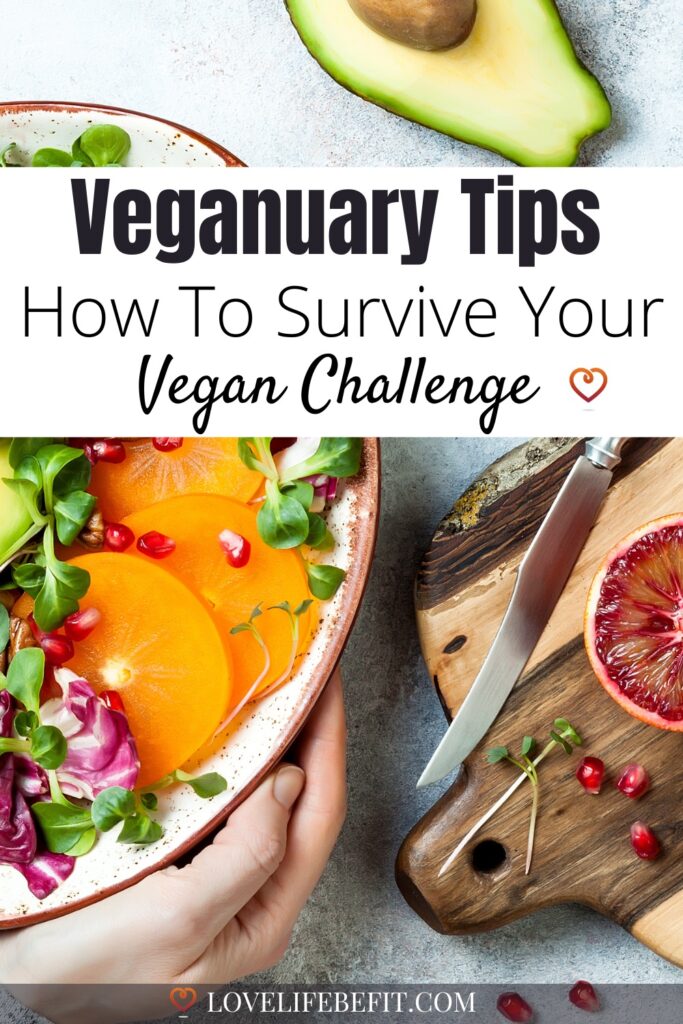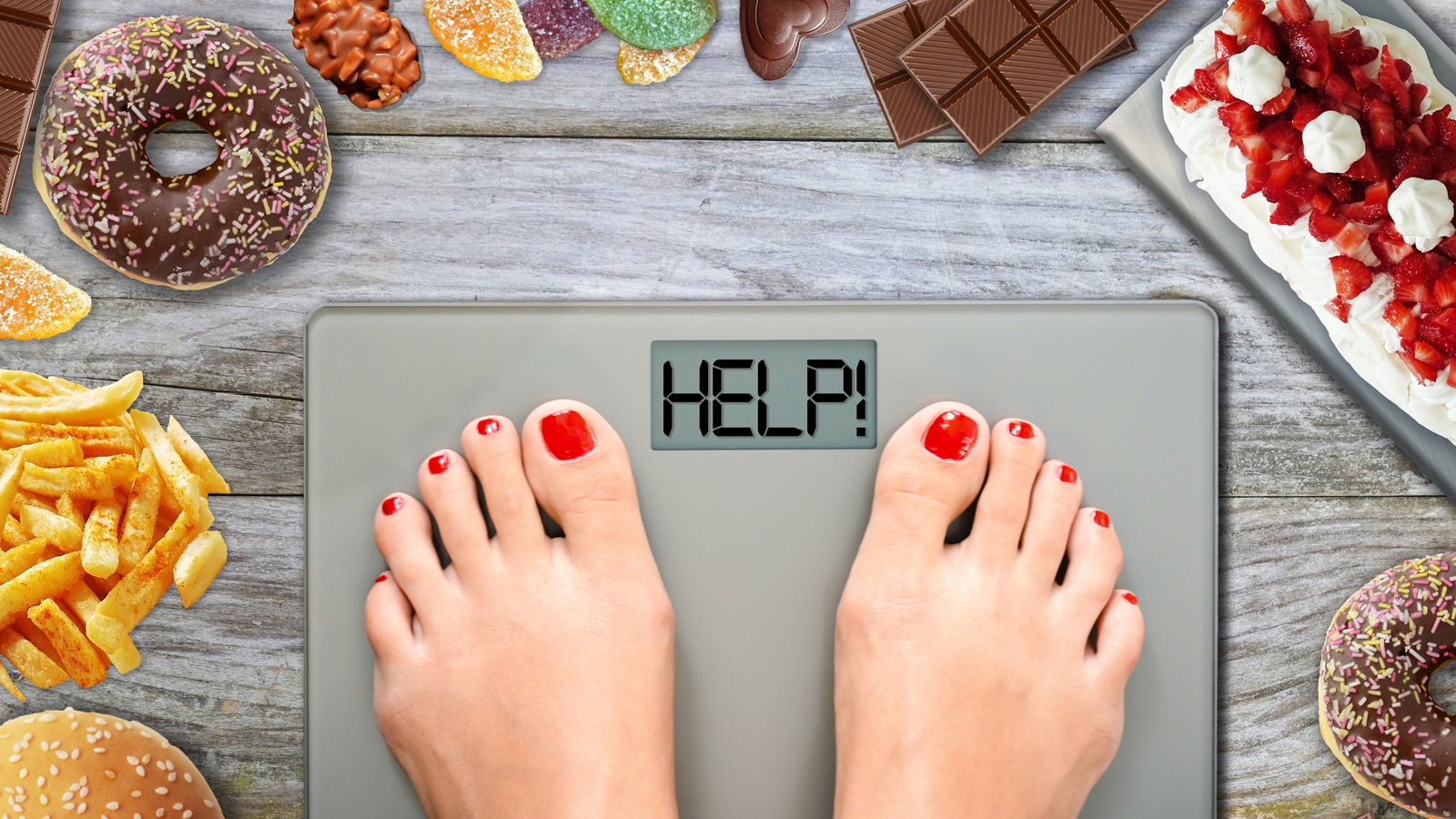Veganuary 2026: Top Tips To Survive Your Vegan Challenge
You’ve committed to Veganuary – congratulations! Avoiding animal products for the month of January is an excellent introduction to being a vegan. These Veganuary tips will help you survive the challenge.
My own plant-based lifestyle started with a similar challenge. After one month of following a vegan lifestyle, I was so impressed with how I felt, both physically and mentally, that I kept to a vegan diet for two years.
I’d still be a vegan now if I hadn’t grabbed an egg-mayo sandwich by mistake 30 miles into an ultra-race. At the time it was just what my body was craving.
These days I’m plant-based eating a diet of mainly vegan food but with a little vegetarian food in the mix – mainly to keep my iron levels up when I’m doing lots of running. But at the start of a New Year, I’ll hit the reset button and do Veganuary.
I love that it’s great for the environment and takes a stand against animal cruelty. It’s also amazing for your body – I find I lose a few pounds and detox after the holiday excesses.
Of course, it can be daunting. If you’re currently a big meat eater, making it to the end of January will take some major diet changes – but it’s just a month so how hard can it be?
This post contains affiliate links. This means I receive a commission if you make a purchase through my links, but this is no additional cost to you. Please read my disclaimer for more information.
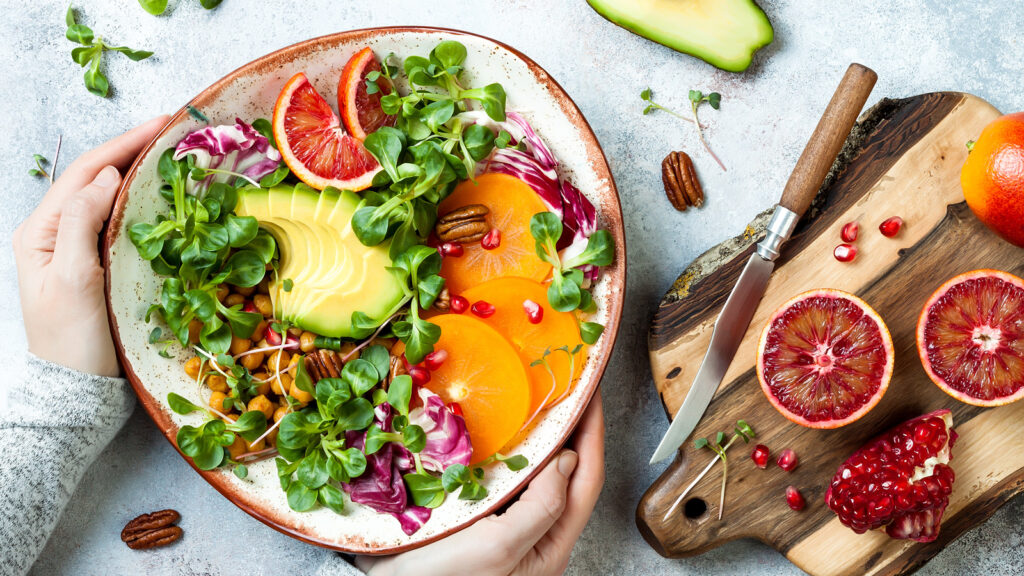
#1 Don’t Panic
At the start of my first vegan challenge, I went away for the weekend with my family. I spent the whole weekend panicking about what I was going to eat.
We were in Scotland and it was before Veganuary was a thing in the UK. We stopped at some services near Stirling and all I could find to eat was a vegan ham and cheese toasty that looked (and tasted) as if it had been made out of modeling clay – and not in a good way!
It’s a lot easier for vegans these days but I still find it’s best to plan ahead and have a few healthy snacks with me when I travel.
#2 Get Organized
Panic is easier to avoid if you’re organized. Get your January diary and mark travel days and social events. These will be the most difficult days for your Veganuary challenge. For these occasions, you’ll need a strategy in place.
For your typical daily routine, list the foods you normally eat. An easy way to adapt to being vegan is to take your favorite meals and look for vegan substitutes.
Normally make beef chili on a Monday night – try an easy bean chili recipe instead. Friday is tacos with cheese? Tacos made with black beans and topped with vegan cheese are just as tasty!
Most good supermarkets stock a range of vegan cheeses and dairy-free milk. Choose between oat milk, soy milk, rice milk, or nut-based milk such as almond milk or coconut milk. My preference for non-dairy milk is soy because of its high protein content but oat milk is a good choice if you have any soy or nut intolerances.
There are so many alternatives to eating meat, such as vegan sausages and burgers, that you can choose to replace all your animal-derived products with vegan processed versions. Just bear in mind that the healthiest option is to cook easy vegan dishes using simple plant-based ingredients. If your aim is healthy eating, try to use processed vegan foods sparingly.
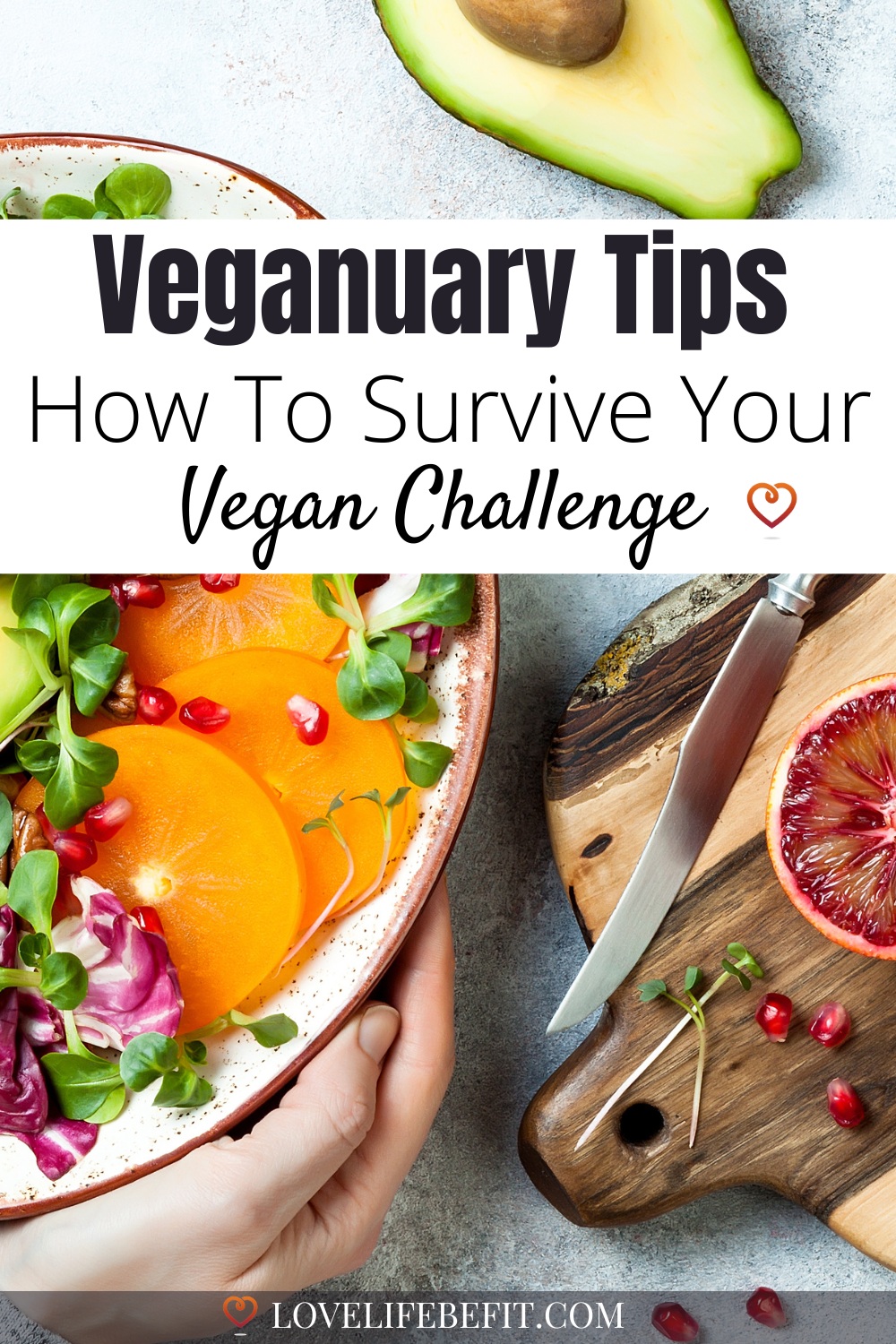
#3 Explore Your Local Supermarket
If you have a good local supermarket, you’re going to be amazed by all the vegan options available. Most people already follow a largely plant-based diet.
Yes really! Just think about it. Do you have cereal for breakfast? Maybe a sandwich for lunch? Is your evening meal typically a pasta dish or a rice-based dish?
Take away the eggs, meat, and dairy products and there’s still a long list of plant-derived products you eat every day from baked beans to rice crispies!
Veganuary can be a chance to experiment and challenge your taste buds. Stock up on vegan pantry essentials from nutritional yeast for its amazing savory flavor to sundried tomatoes and spices to liven up your dishes.
Don’t be afraid to venture into new aisles in the supermarket that are outside your comfort zone. The ethnic or international food section can often have a variety of plant-based options, from tofu and tempeh to lentils and quinoa.
You do need to read labels. Sometimes food products are wrongly labeled as vegan-friendly but you’ll still find milk powder or other animal products on the ingredient list. For example, most dried pasta is 100% durum wheat but fresh pasta typically contains eggs.
#4 It’s Okay To Make Mistakes
At some stage you will slip up – it can be intentional (a brief lapse of willpower) or an easy mistake. I was happily adding honey to my porridge when my son pointed out that honey wasn’t vegan. I’d never thought about it!
Fortunately, there’s a simple solution to eating honey – maple syrup tastes equally delicious!
Slipping up isn’t a reason to abandon your vegan lifestyle. Accept that it takes time to learn about vegan products and avoid animal ingredients. In time your palate will adjust and you’ll no longer crave animal-derived ingredients.
#5 Educate Yourself
Going vegan will be a lot easier with the right information but it can be a bit overwhelming knowing where to start your vegan education!
This book How Not To Die by Michael Greger M.D. is the bible for new vegans. It’s not just an extremely convincing argument for following a plant-based diet, it carefully explains what additional supplements you need to take as a vegan and provides advice on eating a balanced diet.
There are many other sources of reliable vegan information such as the Vegan Society but Greger sets out what you need to eat as a vegan to avoid any deficiencies and get the most benefit from your vegan lifestyle.
#6 Meal Plan And Batch Cook
I found that meal planning was essential when I started my vegan journey. Most people have favorite dishes they can cook easily almost without thinking. When you’re starting a new regime it takes a while to build your list of go-to vegan recipes.
This is where meal planning will help. Knowing what you’re going to eat in advance and even batch-cooking a few vegan recipes in one go will make your life so much easier.
Get tips for vegan meal prep with this 7-day plan including easy recipes (meal planning can be a great way to keep your weight loss on track). If you’re on a budget, this post is a round-up of cheap vegan meal prep recipes using simple ingredients.
In my house, I’m the only vegan. The dedicated meat-eaters in the family will join me to eat plant-based meals several times a week. The rest of the time I cook separately and save time by always cooking enough for at least two meals.
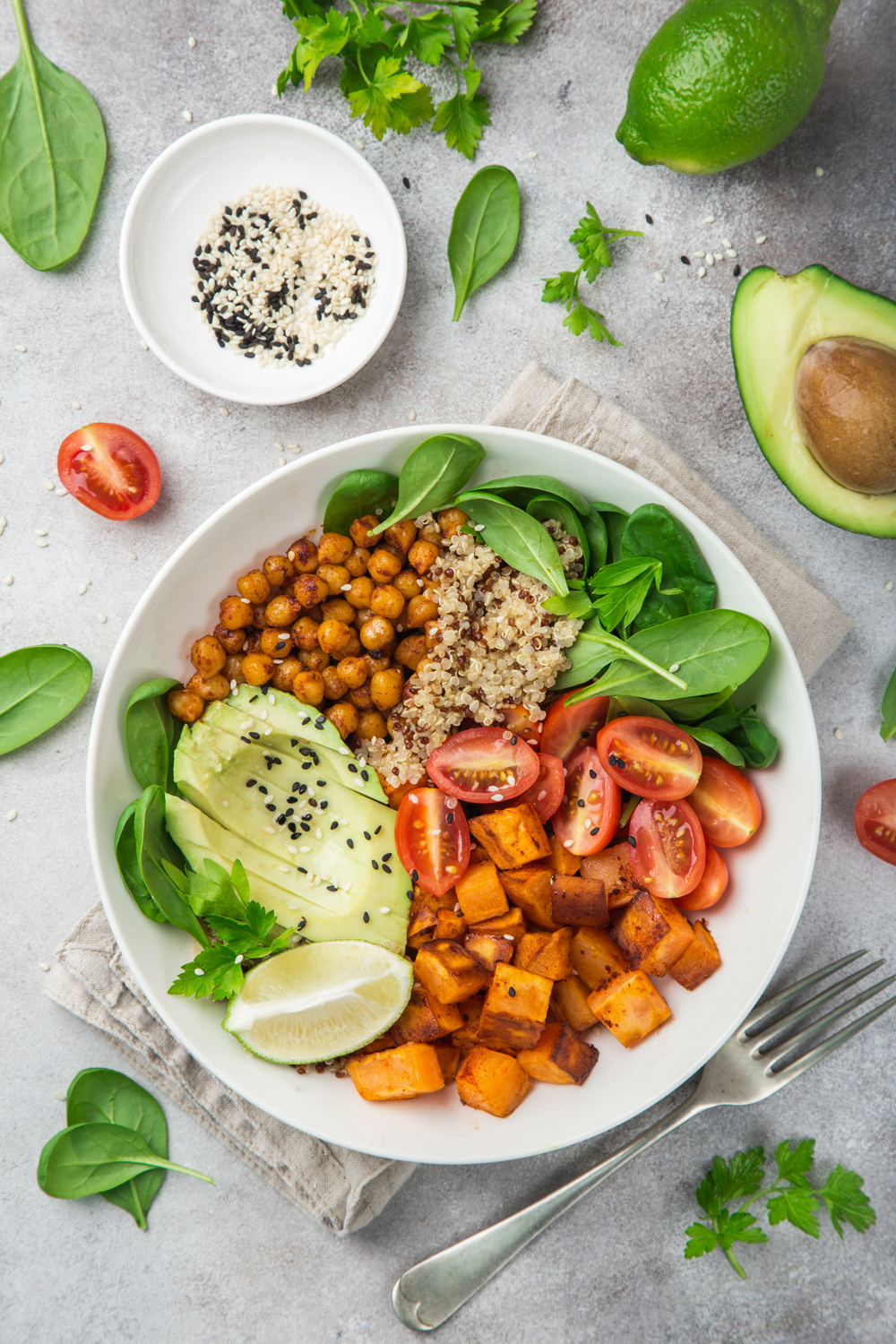
#7 Protein
This is the first question most people have about following a vegan diet. How do you get enough protein?
Some vegans can be very dismissive about the protein question. While it’s true that most Western diets contain too much protein, far more than your body can use in a day, the protein factor is important for all vegans.
And it’s vital if you exercise hard.
You can get sufficient protein from a vegan diet but I find you have to be actively aware of how much protein you’re eating. I always try to eat some protein with every meal.
It could be a handful of nuts sprinkled on top of my overnight oats, a pile of chickpeas and humus with a lunchtime salad, or scrambled tofu to top up my protein content for my evening meal. A beans and rice dish is always a good option after a long run.
It’s a constant source of annoyance that when you eat out vegan dishes are often devoid of any protein content. Going vegan doesn’t mean you should be deprived of a balanced diet!
#8 Eating Out
There are some great vegan-friendly restaurants – and some awful ones. If you have control over the restaurant choice, check menus and reviews before booking a table.
If you don’t – go prepared! It’s best to make sure you’re not absolutely starving by the time you reach the restaurant. Have a good lunch or an early evening snack before meeting up with friends.
That way, if all you can find to eat on the menu is a green salad you’ll survive! Sharing meals with friends and family is about more than the food. Don’t ruin it because you’re going vegan. Enjoy the occasion – and fill up on vegan goodies when you get home!
#9 Traveling
When you’re a vegan, traveling sucks. I always expect the worst and I’ve learned from my days eating vegan toasties at service stations.
These days I’ll travel with a packed lunch and vegan snacks – it makes the journey so much more enjoyable.
Overnight stays in unfamiliar hotels can also be a challenge but fortunately, these are normally close to restaurants and fast food chains with vegan dishes on the menu. The publicity surrounding Veganuary certainly helps and in most places, it’s possible to track down a vegan meal.
#10 Taste Sensations
Vegan food is delicious. You can think about how the Veganuary Challenge is depriving you of animal products or use the experience to explore new and tasty vegan dishes.
Here are some vegan recipes for your Veganuary journey:
- Quick Vegan Breakfast Recipes
- The Best Vegan Pasta Recipes
- Heavenly Vegan Eggplant Recipes
- Vegan Chickpea Burgers
- The Best Vegan Lentil Recipes
- 26 Plant-Based Desserts
Hopefully, these Veganuary tips will help you survive and enjoy your challenge. It could be a challenge you return to every year or maybe you’ll love the positive changes so much, you’ll stick to a vegan lifestyle permanently. Just remember to enjoy the experience – Happy Veganuary!
